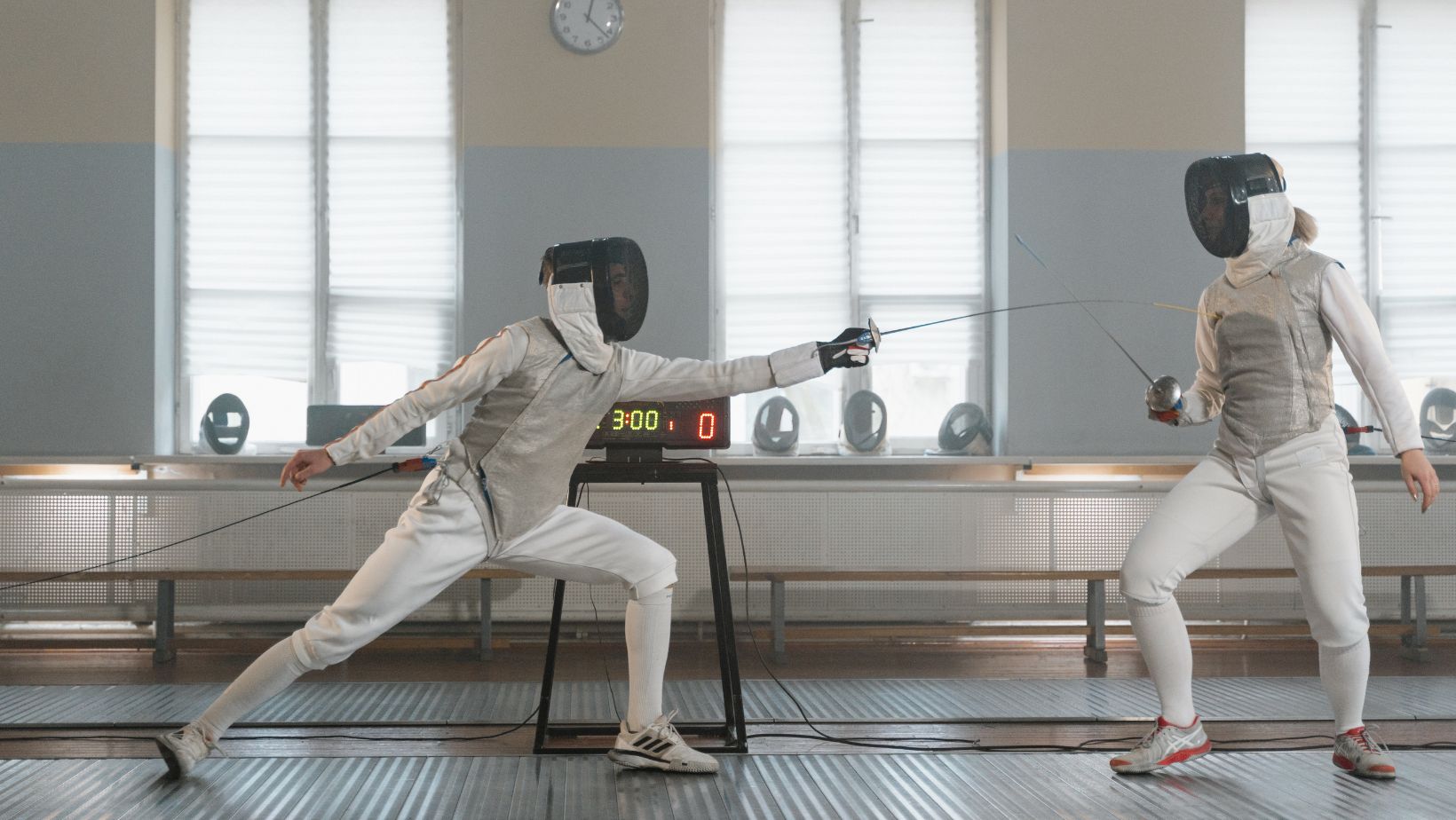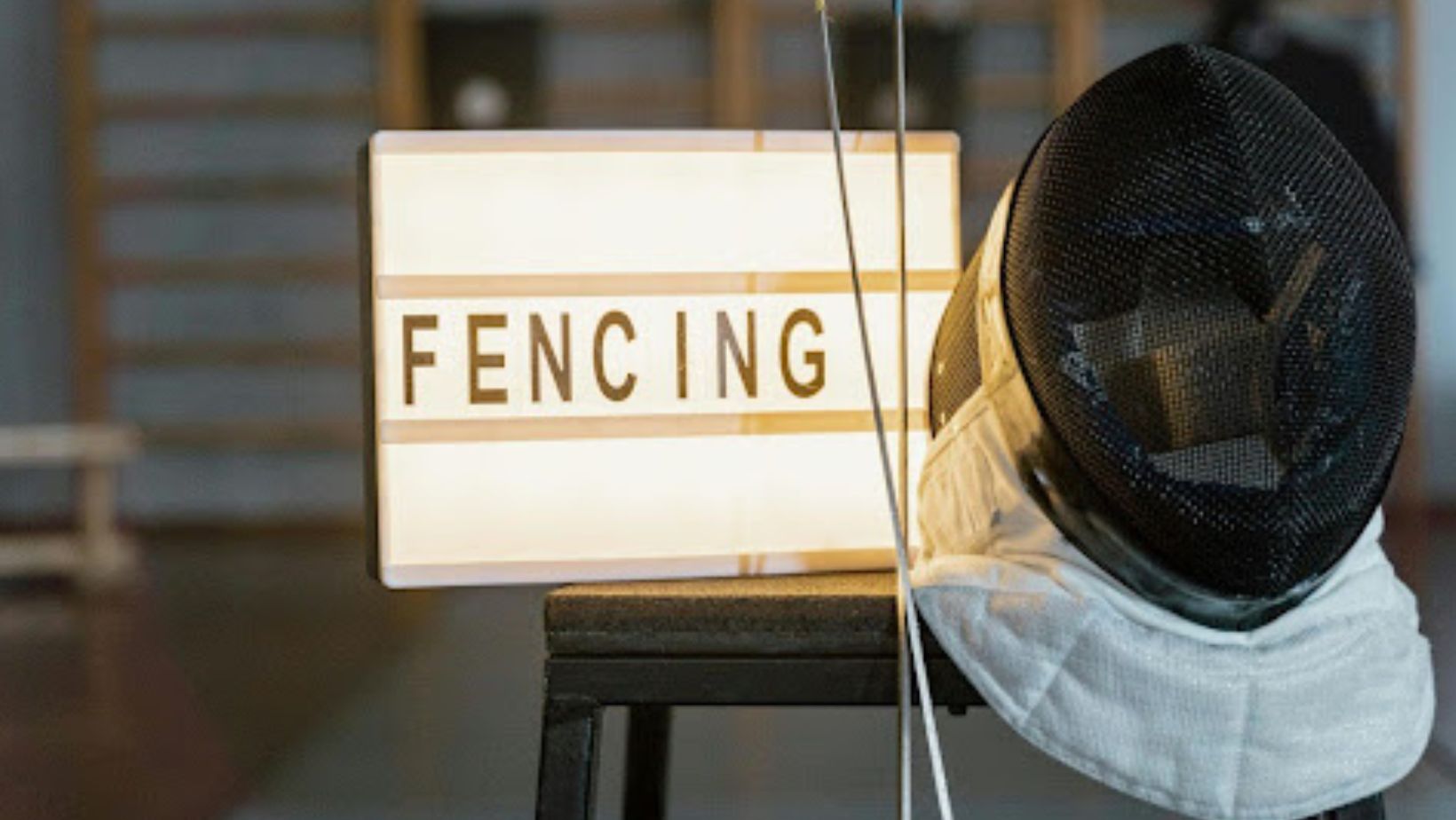For the uninitiated, epee fencing might seem like a simple game of pointy sticks. But beneath the elegant footwork and lightning-fast blade work lies a complex and nuanced discipline demanding both physical prowess and astute strategic thinking.
Unlike its foil and sabre cousins, epee operates under the principle of “no right-of-way”, meaning any touch on any part of the body scores. This fundamental difference profoundly shapes the strategies and techniques that lead to victory.
Whether you’re a seasoned competitor or just starting your epee journey, understanding and mastering key strategic and technical elements is crucial for elevating your game, according to the best fencing school in Singapore. Let’s take a look at some effective strategies and techniques that can help you gain the upper hand on the piste.
Table of Contents
ToggleDistance: Your First Line of Defense & Attack
In epee, distance is paramount. Be far enough to avoid a touch and also control the space to set up your attacks and bait your opponent into vulnerable positions.
Maintain optimal distance. This “sweet spot” varies depending on your and your opponent’s reach and preferred actions. Experiment in practice to find the distance where you feel most comfortable launching your attacks while remaining relatively safe. Constant micro-adjustments in footwork are key to maintaining this distance.
Learn to manipulate the distance to your advantage. A sudden advance can pressure your opponent into reacting, potentially opening them up for a counterattack. Conversely, a well-timed retreat can bait an opponent into overextending, making them an easier target. Practise explosive steps forward and backward, as well as smooth, controlled glides.
Lastly, mastering the relationship between distance and timing is crucial for successful attacks and counterattacks. Understand how much time it takes for both you and your opponent to cover a certain distance. This awareness will inform your decisions on when to initiate an action.
Tempo & Timing
Without right-of-way, epee often becomes a game of patience and precise timing. Rushing in with uncontrolled aggression can easily lead to a double touch or a clean hit against you.
In fencing, a “tempo” is a single unit of time taken to execute a simple fencing action. Recognise how many tempos different actions take. For instance, a direct attack might take one tempo, while a more elaborate preparation followed by an attack might take two or more.

Exploit “Temps Perdu” (Lost Time). This refers to the moment when your opponent is in the middle of an action and momentarily vulnerable. Recognising these moments is critical for effective counterattacking. If your opponent initiates a slow or telegraphed attack, stepping into their preparation or attack with a well-timed counter can be highly effective.
Vary the rhythm to avoid becoming predictable in your tempo. Sometimes, a slow, deliberate approach can lull your opponent into a false sense of security before you launch a sudden, fast attack. Practice changing the speed and rhythm of your movements and blade work.
Preparation & Second Intention
Direct, telegraphed attacks are often easily parried or avoided in epee. Incorporating blade work and understanding the concept of “second intention” can significantly enhance your offensive capabilities.
Before launching a full attack, use small, subtle blade movements (beats, engagements, froissements) to probe your opponent’s defenses, gauge their reactions, and create openings. These preparations should be quick and deceptive, not telegraphing your true intent.
Employ feints – simulated attacks designed to draw a reaction from your opponent. A well-executed feint can provoke a parry, allowing you to attack in a different line or exploit the opening created by their reaction.
As for second intention actions, this involves planning your action based on your anticipated reaction from your opponent. For example, you might initiate an attack in one line, fully expecting your opponent to parry, and then immediately attack in a different, undefended line. Practicing scenarios where you anticipate and capitalise on your opponent’s likely response is crucial.
Parries & Ripostes in Epee
While offense is important, a solid defense is the foundation of consistent success in epee.
In epee, a parry doesn’t necessarily grant you right-of-way, but it prevents your opponent from scoring. Focus on making clean, controlled parries that effectively deflect your opponent’s blade without unnecessary force.
A parry should ideally be followed by an immediate counterattack, known as a riposte. Practice transitioning smoothly and quickly from your parry into a precise and well-timed riposte. Vary your ripostes in terms of timing, line, and even the type of attack (direct or indirect).
Familiarise yourself with the different lines of parry (high inside, high outside, low inside, low outside) and when to use them effectively based on your opponent’s attack.
Footwork is the Engine of Your Fencing
Efficient and agile footwork is the bedrock of all fencing actions.
A stable and balanced stance allows you to react quickly, execute powerful lunges, and recover efficiently. Focus on maintaining a good en garde position with your weight balanced and your knees slightly bent.
Practise smooth and controlled advances and retreats. Learn to cover ground efficiently without losing your balance or becoming predictable.
Incorporating lateral steps and angulation can help you create different attack angles and evade your opponent’s attacks.
The epee lunge should be explosive and precise, allowing you to cover distance quickly and deliver a controlled touch. Practice proper technique, ensuring your front knee tracks over your ankle and your back leg extends fully.
Mental Focus, Patience & Adaptability
Beyond the physical and technical aspects, the mental game is crucial for epee success.
- Maintain focus and concentration: Epee bouts can be long and require intense concentration. Develop strategies to stay focused throughout the match, blocking out distractions and remaining present in each moment.
- Cultivate patience: Avoid impulsive actions. Wait for the right opportunity to attack, and don’t be afraid to play a more defensive game when necessary.
- Analyse your opponent: Pay close attention to your opponent’s habits, tendencies, and reactions. Adapt your strategy and tactics based on what you observe.
- Manage pressure and emotions: Learn to control your emotions, especially after conceding a touch. Maintain a positive and focused mindset, even in challenging situations.
The Bottom Line
Mastering epee fencing is a continuous journey of learning, practice, and refinement. By focusing on these key strategies and techniques, and by constantly analysing your own performance and seeking improvement, you can elevate your game and achieve greater success on the piste.
Remember that consistency in training, deliberate practice, and a keen understanding of the nuances of epee are the cornerstones of becoming a formidable fencer.
So, get back on the strip, practice these principles, and level up your lunge!



